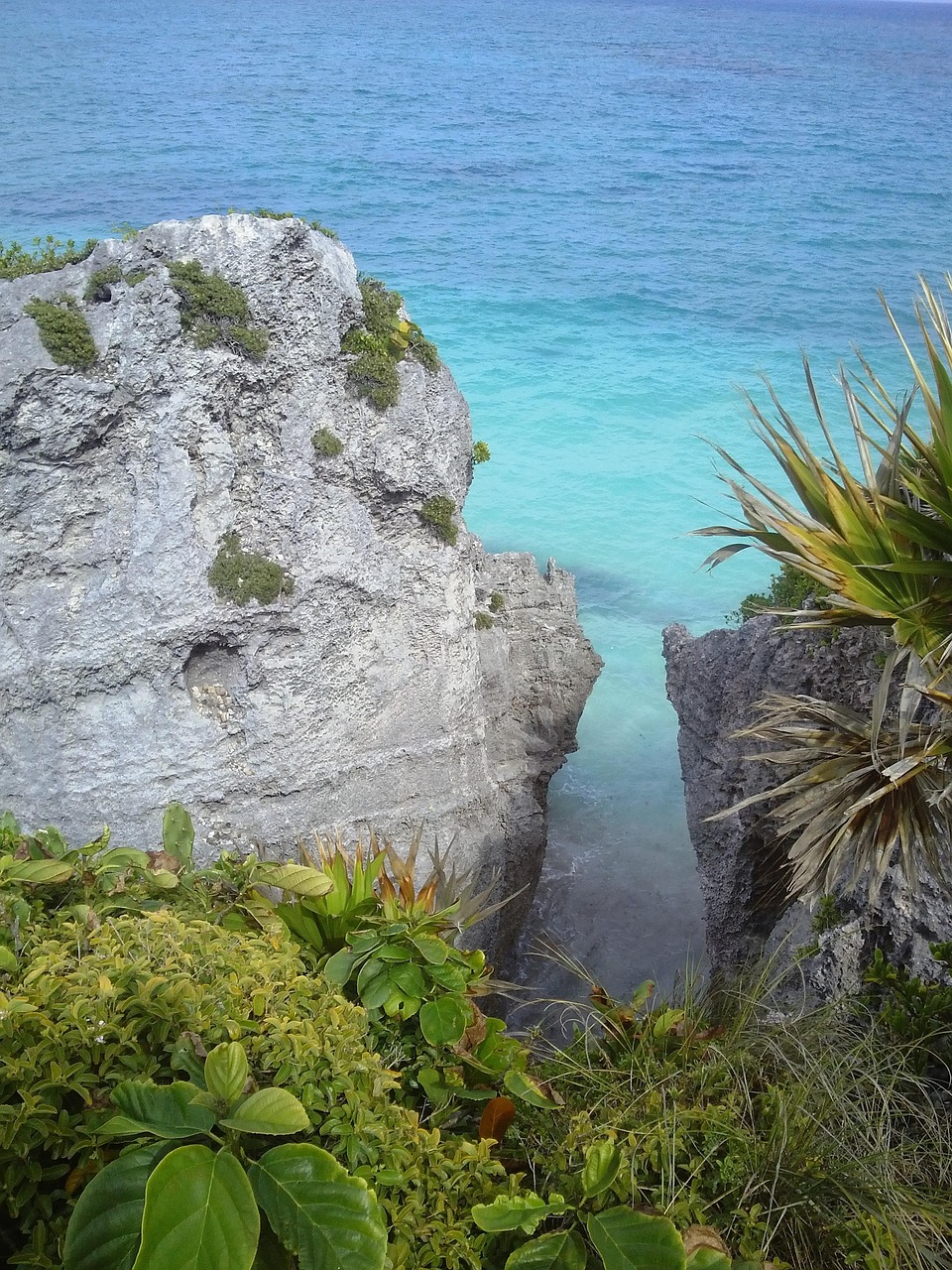Jaguars in Tulum: A Case Study in Wildlife Conservation
The Significance of Jaguars in Ecosystems
Jaguars (Panthera onca) are apex predators critical to maintaining the balance of ecosystems. As keystone species, they regulate prey populations, thereby supporting biodiversity. In Tulum, Mexico, jaguars inhabit the tropical forests and coastal marshes, which form a vital part of the Mesoamerican Biological Corridor. This corridor is an essential ecological link that allows for the natural migration of species and genetic exchange, crucial for survival in a changing climate.
The Jaguar’s Habitat in Tulum
Tulum offers a diverse range of habitats, from dense jungles to wetlands and coastal areas. The region’s intricate ecosystem supports various flora and fauna, contributing to the jaguar’s diet, mainly consisting of deer, capybaras, and iguanas. The combination of dense forest cover and proximity to waterways enables jaguars to thrive as they are strong swimmers.
Current Threats
Despite their majestic presence, jaguars in Tulum face numerous threats, mainly due to human-induced changes. Deforestation for agriculture, urban development, and tourism have fragmented their natural habitat, isolating populations and hindering genetic diversity. Additionally, poaching and the illegal wildlife trade threaten not only jaguars but also their prey. Climate change poses another significant threat, altering habitats and affecting food availability.
Conservation Efforts and Initiatives
Recognizing the importance of jaguars in the ecosystem, various local and international entities have implemented conservation programs. The Mexican government, along with NGOs like the Mexican Conservation Fund and Panthera, has been actively working to ensure the survival of jaguars through habitat protection and public awareness initiatives.
-
Protected Areas: Establishing reserves such as Sian Ka’an Biosphere Reserve and the Tulum National Park helps safeguard essential habitats. These protected areas serve as wildlife corridors, enabling safe passage for jaguars and other species.
-
Community Engagement: Engaging local communities in conservation efforts is paramount. Initiatives like eco-tourism empower locals economically while fostering a sense of ownership in wildlife conservation. By promoting sustainable practices, such programs help reduce habitat destruction.
-
Anti-Poaching Initiatives: Law enforcement efforts have been strengthened to combat poaching and illegal wildlife trade. Training local rangers and providing them with the tools needed to patrol and monitor protected areas has significantly reduced threats to jaguars.
- Research and Monitoring: Biologists and conservationists are employing innovative technologies such as camera traps and GPS collars to monitor jaguar populations. Data collected helps researchers understand their behavior, movement patterns, and interactions with other species, guiding future conservation actions.
The Role of Ecotourism
Ecotourism plays a critical role in Tulum’s conservation strategy. Many eco-lodges and tour companies have started organizing guided tours specifically aimed at observing jaguars in their natural habitat. These tours not only educate visitors about jaguar conservation but also generate revenue that can be reinvested into conservation efforts. By showcasing the beauty and importance of these majestic animals, ecotourism fosters a culture of respect and responsibility towards wildlife.
Success Stories
Several success stories highlight the effectiveness of conservation efforts in Tulum. After implementing anti-poaching measures, reports indicate a gradual increase in jaguar sightings and populations in protected areas. Community-based initiatives have led to heightened awareness and reduced conflicts between humans and wildlife. More local residents now view jaguars as a vital part of their heritage and economy, rather than a threat to livestock.
Challenges Ahead
While progress is evident, numerous challenges still loom. The continuous pressure from land development threatens to erode the gains made in habitat protection. Moreover, differing interests among stakeholders—such as farmers, developers, and conservationists—make consensus difficult. Balancing development and conservation is a complex task that requires ongoing dialogue and compromise.
The Future of Jaguars in Tulum
Looking forward, comprehensive strategies are needed to ensure the long-term survival of jaguars in Tulum. This includes continued habitat preservation, increased funding for conservation programs, and enhanced education initiatives to promote biodiversity. Collaborations with international partners can provide additional resources and expertise.
Additionally, the implementation of technology-driven solutions, such as ecological modeling and GIS mapping, can help identify critical habitats at risk and prioritize conservation efforts accordingly. Conducting community workshops to champion sustainable agricultural practices will be integral in reducing habitat encroachment.
Conclusion
In Tulum, the story of jaguars is one of resilience and hope amid the threat of extinction. With robust conservation efforts, community involvement, and heightened awareness, there is potential for jaguars not only to survive but to flourish. The case of jaguars in Tulum serves as a microcosm of global wildlife conservation challenges and successes, highlighting the intricate interplay between nature, human activities, and ethical responsibility towards protecting our planet’s biodiversity. Through continued vigilance and collaboration, the jaguar’s roar may echo across Tulum’s landscapes for generations to come.







